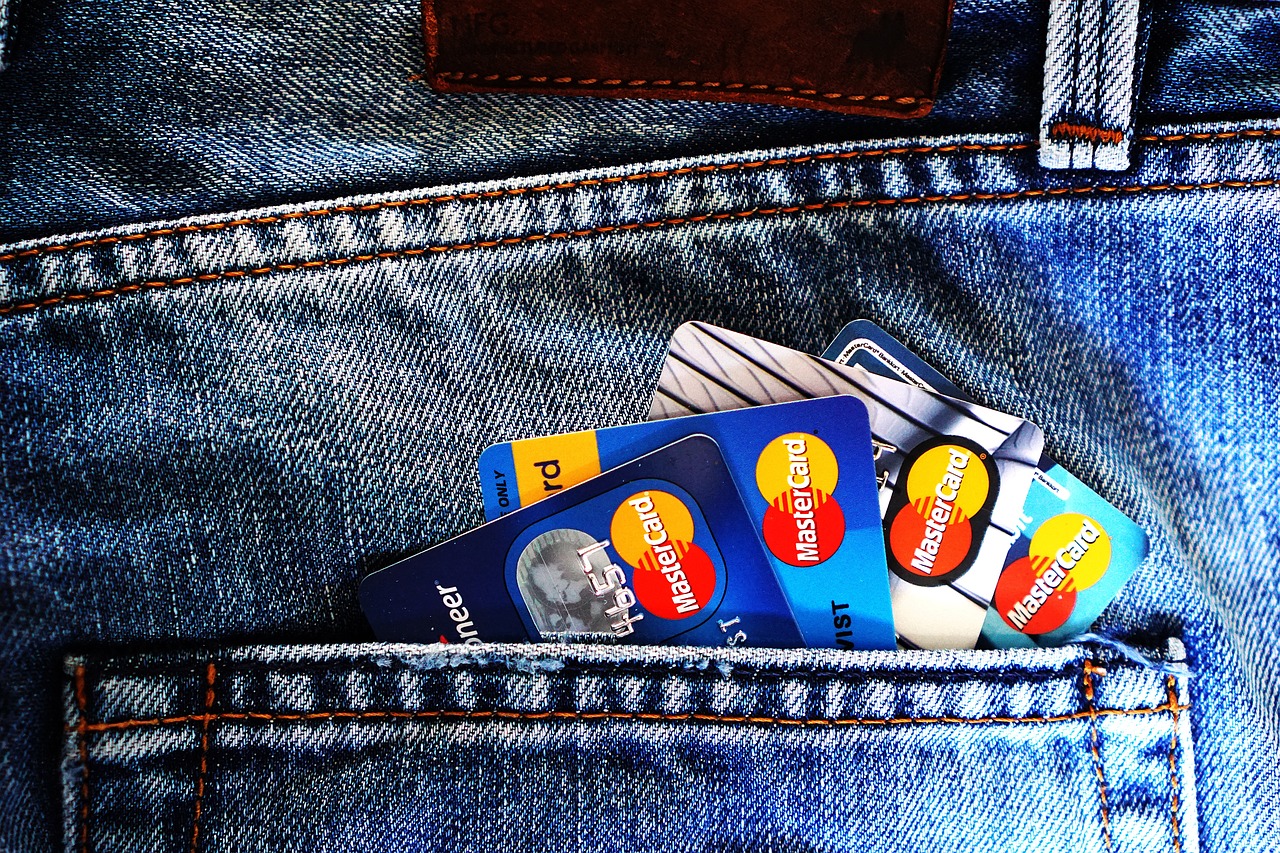I’ll be honest—I used to think all credit cards were basically the same. Then I actually did the math on my spending last year, and realized I’d left about $600 on the table by using the wrong card. That was my wake-up call.
After three months of testing different cards and tracking every purchase (yes, I’m that person now), I’ve figured out which cards actually deliver value for everyday spending. Here’s what I’ve learned.

Why Your Card Choice Actually Matters
Most of us spend money on the same things every week: groceries, gas, restaurants, maybe some online shopping. The difference between a mediocre card and a great one can easily be $500-800 annually. That’s a weekend trip or a nice chunk toward savings.
The key is matching your card to how you actually spend money, not how you think you should spend it.
The Flat-Rate Champions
Sometimes simple is better. If you don’t want to track rotating categories or remember which card to use where, flat-rate cards are your friend.
The Citi Double Cash Card still holds up well. You get 1% when you buy, another 1% when you pay it off. It sounds basic, but there’s something satisfying about earning rewards twice. No annual fee, no complicated rules. I keep this one in my wallet for anything that doesn’t fit my other categories.
For a slight upgrade, the Wells Fargo Active Cash Card offers 2% back on everything with a decent sign-up bonus. I switched to this for my utility bills and subscriptions. Over a year, those “small” recurring charges added up to about $180 in cash back.
The Category Powerhouses
Here’s where things get interesting if you’re willing to pay a bit more attention.
The Chase Freedom Flex has become my go-to for quarterly categories. Last quarter it was grocery stores, which was perfect timing since I’d started cooking more at home. The 5% back on up to $1,500 in purchases per quarter actually makes a difference. Just remember to activate the categories each quarter—I forgot once and I’m still annoyed about it.
What really works for me is pairing it with the Blue Cash Preferred from American Express. The $95 annual fee seemed steep at first, but 6% back at U.S. supermarkets and 6% on streaming services pays for itself quickly. I ran the numbers: I spend about $400 monthly on groceries, which means $288 in annual rewards just from that category. Subtract the fee, and I’m still up $193, plus everything else I earn.
For the Restaurant Regulars
If you’re someone who eats out or orders delivery more than you’d like to admit (no judgment—we’ve all been there), the Capital One Savor Card deserves a look. It’s 4% back on dining and entertainment, 3% at grocery stores.
I tested this during a month where I had several work lunches and a few client dinners. The rewards actually helped offset the cost, which made the whole thing feel less painful when I checked my budget.
The Gas Station Strategy
Gas prices still hurt, but at least we can soften the blow. The Bank of America Customized Cash Rewards lets you choose a 3% category, and online shopping makes gas a popular choice for many people. I switched mine to online shopping since I work from home, but my partner uses his for gas and saves about $20-25 monthly.
The Costco Anywhere Visa is another solid option if you’re already a Costco member. 4% back on gas (up to $7,000 annually) plus 3% on restaurants and travel. The catch is you only get rewards once a year in February, which requires a bit of patience.
Making the System Work
Here’s what actually matters from my experience:
Start with one or two cards maximum. I tried juggling five cards at once and it was a mess. Now I use three strategically and life is much simpler.
Set up autopay immediately. Missing a payment wipes out months of rewards. Not worth it.
Check if your card has shopping portals. Chase and American Express both have online shopping portals where you can stack extra cash back with your regular rewards. I earned an extra $47 last year just by clicking through their portal before shopping at stores I already used.
Annual fee cards need a real plan. Before signing up for any card with a fee, calculate whether you’ll actually spend enough in the bonus categories to break even. Be honest with yourself about your habits.
What About Sign-Up Bonuses?
They’re real and they’re worth it, but only if you can hit the spending requirement naturally. Most cards want you to spend $500-3,000 in the first three months for a bonus of $200-500.
I timed my last card application to when I knew I had some larger purchases coming up (new laptop, insurance payment). Hit the minimum spend without buying stuff I didn’t need, and the bonus felt like free money.
The Bottom Line
The “best” card completely depends on where your money goes. Track your spending for a month—actually look at the statements—and you’ll see patterns. Maybe you’re spending way more on groceries than you thought, or your streaming subscriptions have crept up.
For me, the sweet spot is using the Blue Cash Preferred for groceries and streaming, the Chase Freedom Flex for rotating categories, and the Wells Fargo Active Cash for everything else. This setup earned me about $890 last year without any real effort beyond using the right card.
Your mileage will vary (literally, if you’re chasing gas rewards). But whatever you do, don’t leave money on the table like I did for years. Start with one good card that matches your biggest spending category and go from there.
The credit card companies are going to make money either way. Might as well make sure you’re getting your share back.
